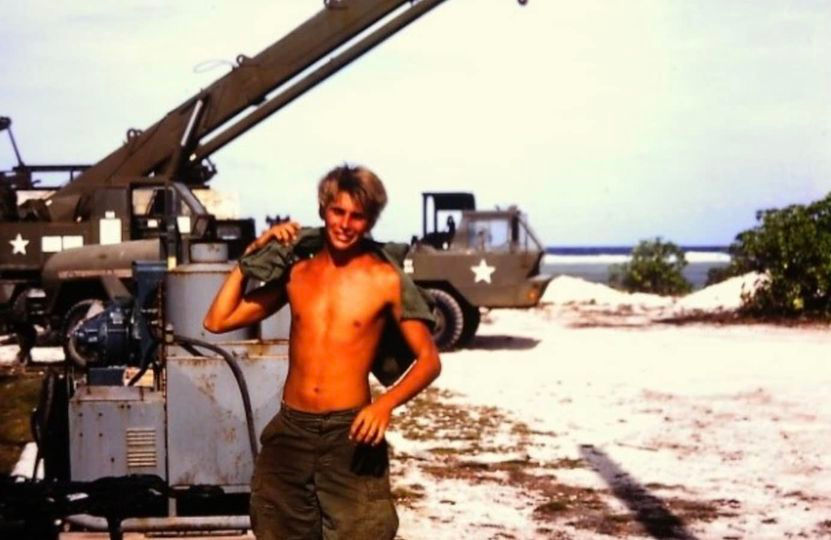The Untold Dangers of Enewetak Atoll: A Legacy of Secrecy and Sacrifice
- jeff fortin
- Sep 9, 2023
- 3 min read

The Untold Dangers of Enewetak Atoll: A Legacy of Secrecy and Sacrifice
The untold dangers faced by those who served on Enewetak Atoll in the South Pacific reveal a chilling narrative of secrecy, hazards, and far-reaching consequences. Over the course of three years, approximately 8,000 individuals—both military personnel and civilians—dedicated themselves to the arduous task of restoring the islands to their indigenous inhabitants. Little did they know, a dark secret loomed over their mission, whispered by the government in hushed tones and concealed behind layers of denial and cover-ups.
The story traces back to the period between 1946 and 1958, when the United States conducted 67 nuclear tests in the Marshall Islands, a remote chain of atolls in the Pacific held as a trust territory. The epicenter of these tests was located on two key atolls: Bikini and Enewetak. These tests left behind a legacy of unprecedented environmental contamination, casting a long shadow over the indigenous people who called the islands home and burdening them with enduring health issues for generations to come.
The devastating consequences of these nuclear tests extended far beyond the confines of Bikini and Enewetak. The fallout from the largest nuclear test in U.S. history, the infamous Bravo test held on March 1, 1954, spread far and wide, reaching the distant Rongelap and Utirik atolls. The unsuspecting populations of these islands were exposed to radioactive contamination, forever altering their lives and futures.
Decades later, the Enewetak Atoll Atomic Debris Cleanup Mission (1977-1980) sought to remediate the damage. However, current radiological conditions on the islands reveal a grim reality. Comprehensive analyses of gamma radiation and soil radionuclide activity concentrations show that the islands remain haunted by their nuclear legacy. While some islands exhibit lower levels of radiation, others, such as Enjebi Island in Enewetak Atoll, Bikini Atoll, and Naen Island in Rongelap Atoll, display alarming levels of radiation that still pose a significant threat to life.
Further investigation into soil samples reveals the presence of dangerous elements, including americium-241, cesium-137, plutonium-238, and plutonium-239,240—all traceable to the nuclear tests. Islands like Runit and Enjebi in Enewetak Atoll, Bikini Island in Bikini Atoll, and Naen Island in Rongelap Atoll, are at the heart of these radionuclide activity concentrations, leaving the land and its people vulnerable to radioactive contamination.
The gravity of these findings becomes clearer when compared to international standards and regions impacted by nuclear catastrophes. The consequences for the Marshallese people are dire as they grapple with decisions regarding island resettlement. But these islands, once serene paradises, have been permanently transformed by nuclear testing, and their future remains uncertain.
The young men who served in the Enewetak Cleanup Mission during the late 1970s and early 1980s are forever linked to this legacy of contamination. Their stories, once shrouded in secrecy, are only now being fully understood. They were exposed to radioactive hazards on a daily basis, often without adequate protective measures. Many of their stories have been lost to time, buried beneath government denials and deceptive reports about the true dangers they faced.
Today, these unsung heroes stand as witnesses to a history marked by covert dangers and the weight of unanswered questions. Their legacy is a poignant reminder of the sacrifices made in the name of duty and the perils faced in the pursuit of progress. It is imperative that these hidden truths are brought to light—for the sake of these veterans, the Marshallese people, and future generations. Only by unearthing the buried history of the Enewetak Cleanup Mission can we begin to honor the sacrifices of those who gave so much in the face of such monumental and unseen dangers.












































Comments